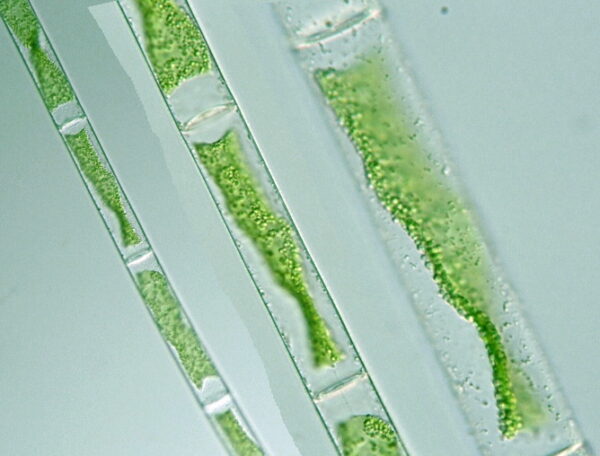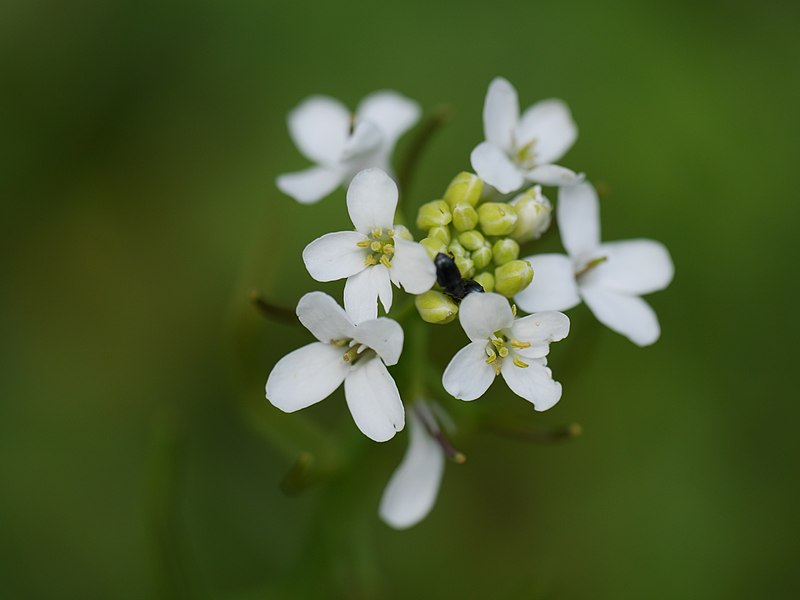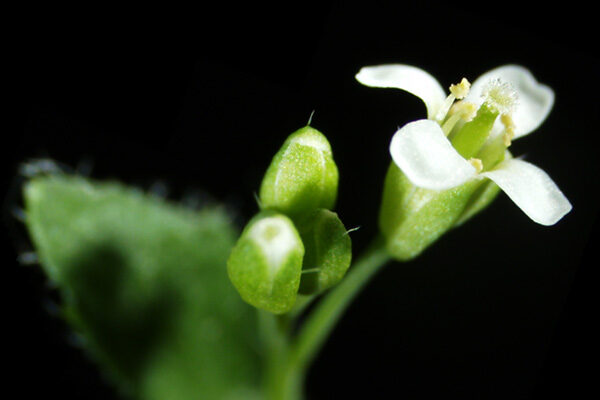
Researchers have studied how certain bacteria perform photosynthesis using low-energy light, which could be engineered into crops to boost production. By studying the way two bacteria perform the difficult chemistry of photosynthesis, a team has discovered the trade-offs they make…
Read More











